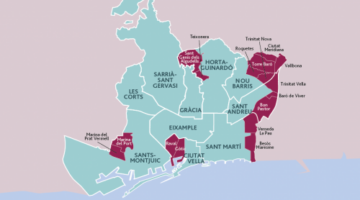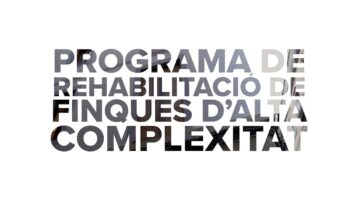Landsbyggefonden – the Danish national fund for non-profit housing
Main objectives of the project
Denmark boasts a rich history of social housing, characterized by a unique approach that extends beyond solely catering to low-income individuals. Through a system of non-profit housing organizations, the country has fostered a model of affordable housing accessible to individuals across all income brackets. One of its most notable innovations is the Landsbyggefonden, a fund that facilitates a self-financing model for these non-profits. Once mortgage obligations are fulfilled, tenants' rents contribute to the fund, enabling the construction of new buildings or the implementation of necessary improvements.
Date
- 1967: Implementation
Stakeholders
- Landsbyggefonden
Location
Country/Region: Denmark
Description
Social housing in Denmark is a fundamental pillar of the country's welfare system, designed to be non-profit and inclusive, fostering a diverse tenant mix for the benefit of individuals and society as a whole. Its primary aim is to provide affordable housing to all those in need. Presently, nearly one million people in Denmark—equivalent to one in six residents—reside in social and affordable housing, comprising approximately 600,000 housing units. Moreover, the proportion of social housing per capita continues to rise.
At the heart of Denmark's affordable and social housing model lies the National Building Fund, known as Landsbyggefonden (LBF). Established in 1967, LBF is instrumental in maintaining high standards of housing stock and enhancing tenant well-being. It also plays a pivotal role in counteracting economic downturns, such as the COVID-19 pandemic recovery efforts. Financed by tenant rents from non-profit housing organizations, LBF supports the expansion of affordable and social housing, as well as the renovation of existing properties.
Under the LBF framework, when mortgage loans for housing construction are repaid, tenants continue paying rents at the same level, with any surplus contributing to the fund as savings. This pooled resource is then utilized to finance the construction of new affordable and social housing units, as well as the refurbishment of existing ones. Such renovations encompass improvements to both interior and exterior spaces, the modernization of buildings to ensure accessibility for the elderly and disabled, and energy efficiency upgrades. Additionally, the fund covers demolition costs in socially vulnerable housing areas and supports infrastructural changes.
LBF serves as a vital mechanism for ensuring self-financing within the social and affordable housing sector, with savings being reinvested to maintain and enhance dwellings and to provide additional housing opportunities. By establishing a closed financial loop, it reduces the government's need to continually invest in new social housing and facilitates long-term planning for housing funding. Furthermore, it helps mitigate disparities in financial strength among various social housing providers and in the development costs of different estates, thereby influencing rental rates to reflect development expenses.
The fundamental goal of the Fund is to foster socially cohesive, safe, and sustainable communities, with a particular emphasis on investing in social activities and reducing rental prices. These endeavors are often organized through local partnerships involving schools, municipalities, or non-governmental organizations, with the aim of promoting employment opportunities and improving educational outcomes for tenants.
Managed by a nine-member board comprising representatives from housing organizations, tenants, and the two largest municipalities in Denmark, the budget of LBF must be approved by the housing minister to ensure effective governance and oversight.
After the success of Denmark, the idea is being used in other countries. In fact, this model is also used in Austria, with the Equity investment funds.







